News about maps
Digital cartography and GPS navigation
Mapstor news
This Day in History
Travelling with mapstor.com
Digital cartography and GPS navigation
115 years of flight
Next-generation of GPS satellites are headed to space
DJI Phantom 4 RTK - cartography of a new generation
Earthquake prediction systems
OneSoil map
Google has significantly improved the quality of satellite maps

Old Google Maps

New Google Maps
Every few months Google updates satellite maps Google Maps and Google Earth, adding new satellite images and improving processing methods. For example, three years ago, it learned to make a mosaic of cloudless sky.
Today, Google made the greatest update of satellite maps in the last few years, using images from Landsat 8 satellite.
Earth remote sensing satellite Landsat 8 was launched in February 2013. He takes pictures with a resolution of 15/30/100 meters per pixel. Sensors Operational Land Imager (OLI) and the Thermal InfraRed Sensor (TIRS) have a higher signal-to-noise ratio (SNR) and allow to shoot up to 12 bits per pixel. OLI image sensor receives nine bands of visible light and near infrared range and TIRS - two driving bands (thermal) IR. Positioning accuracy of instruments is 12 and 41 meters, respectively.
Google says that new database of satellite images uses not only more high-quality images, but also the new processing techniques and gluing the photos used. Not the least role in this plays a better source data, because the new Landsat 8 satellite used long linear arrays of photosensors, to eliminate immediately the entire width of the field of view of the satellite - 185 kilometers.
Technique of cloudless mosaics drawing was improved, so that seamless mosaic as a whole has become more precise and clear. This is an important improvement, because every day the clouds close about 70% of the earth's surface.
New photos only improve the quality of satellite images of middle and general plan (zoom from 0 to 12), but not the most detailed pictures of cities at maximum zoom, which supply other private and government satellites, including DigitalGlobe.
Despite this, the difference in quality is amazing.
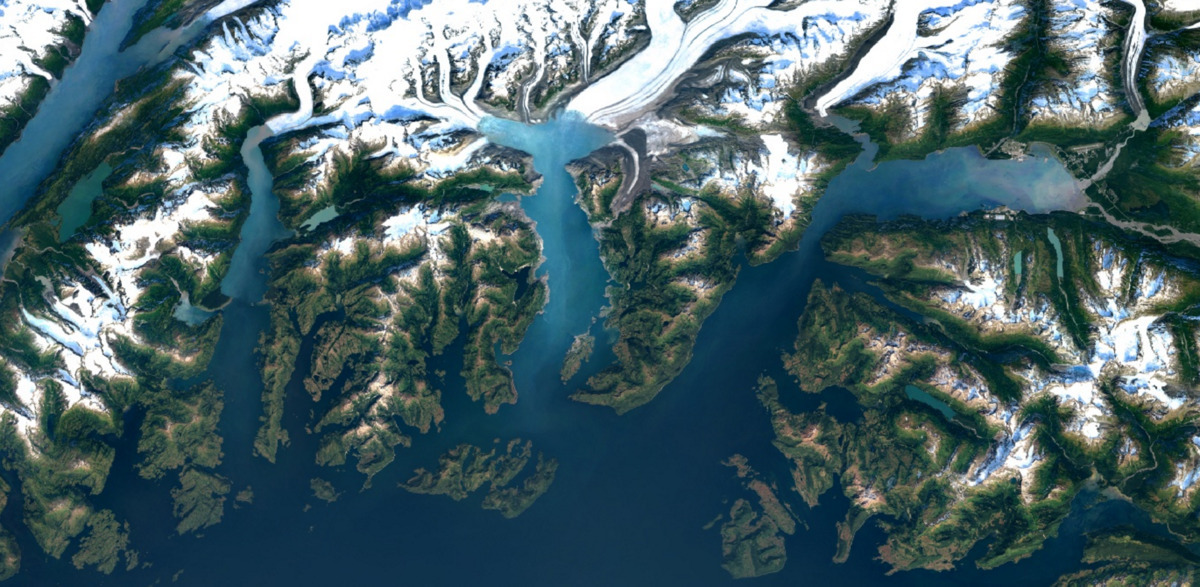
Columbia Glacier, Alaska
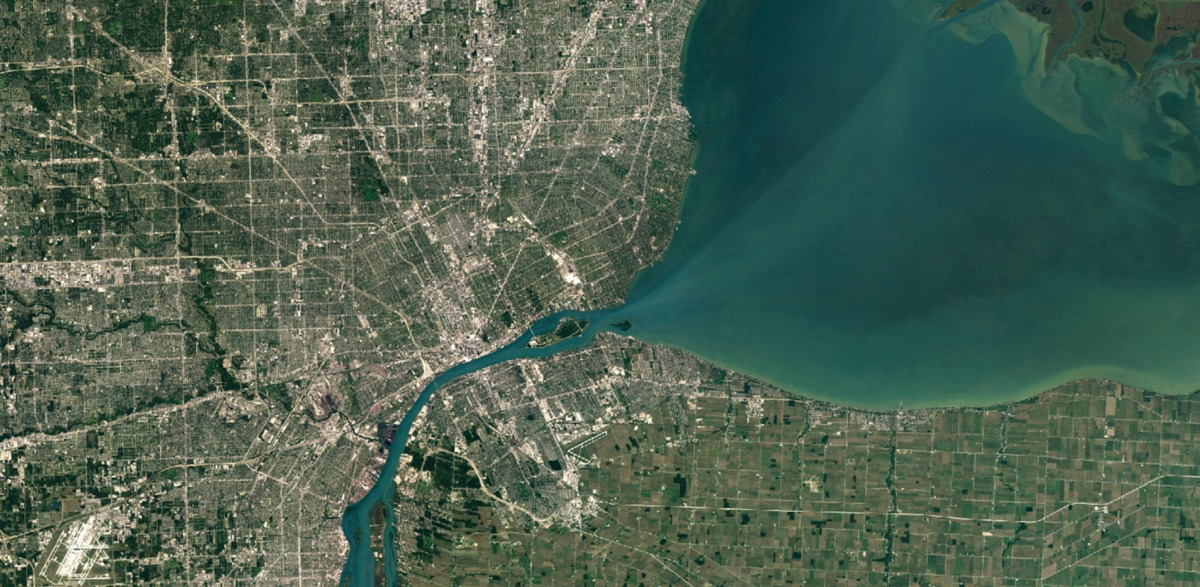
City of Detroit, the United States (to the north and west of the river)
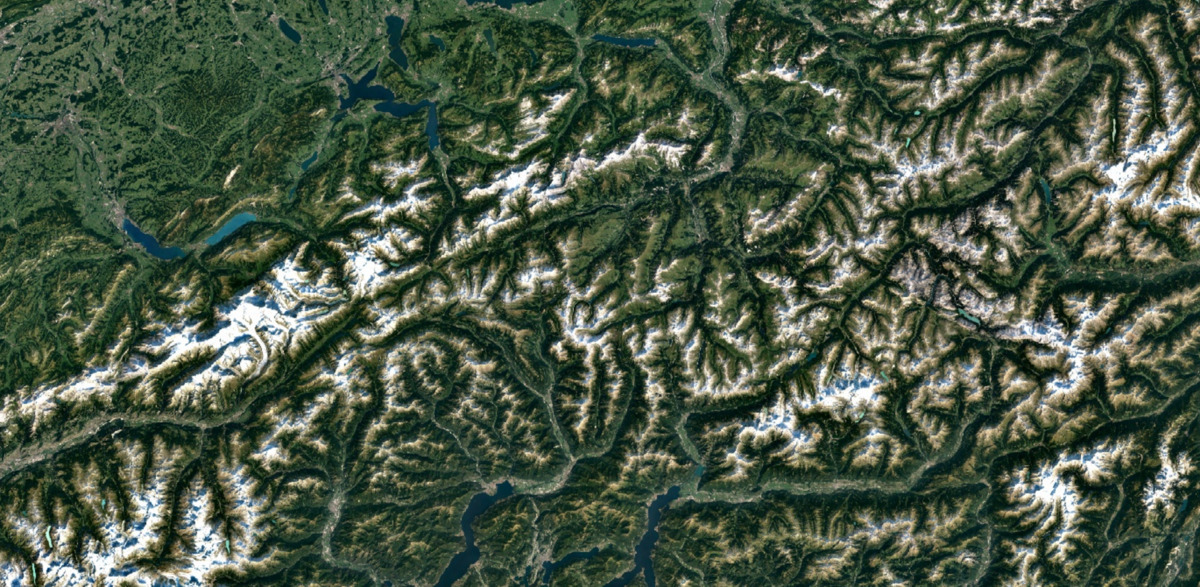
Swiss Alps
Toolbox Landsat 8 is much more advanced than that of the Landsat 7 - and it is immediately evident in the photographs, which have better detail, more saturated colors. In addition, Landsat 8 differs in unprecedented shots rate updates every day it takes almost twice as much territory than Landsat 7 (400 scenes per day from Landsat 8 against 250 scenes per day from Landsat 7).
Google admits that in recent years made a mosaic of satellite maps only from photos Landsat 7, which after a hardware failure in 2003 began to send low-quality data - photos with large diagonal white stripes. For example, here is how photos look the same in the US territory of Oklahoma City in 2000 and 2003.
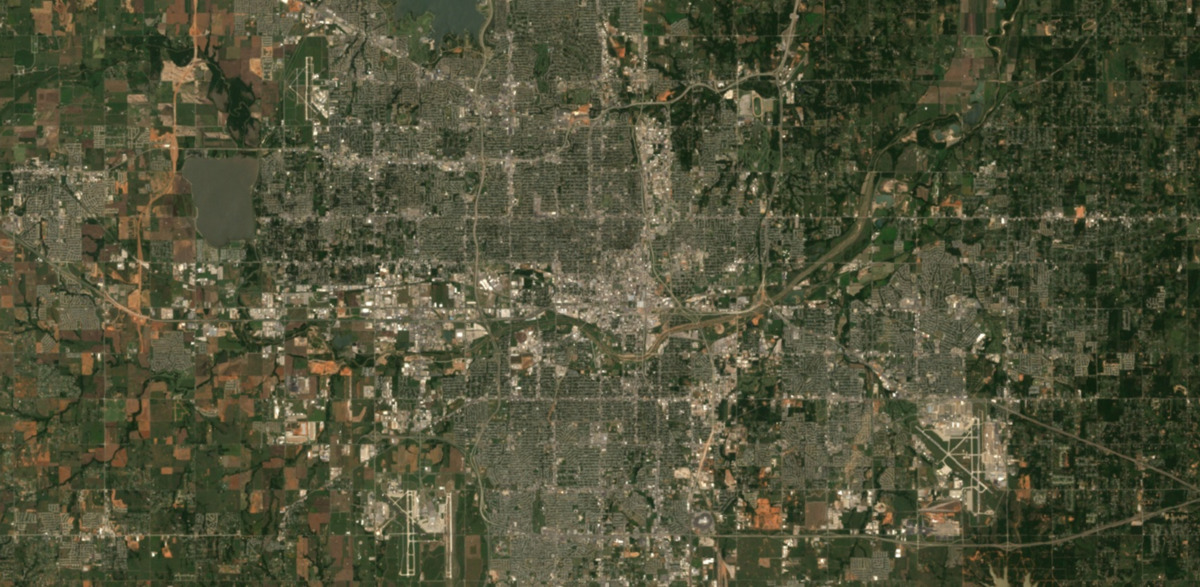
Oklahoma City, July 9th, 2000

Oklahoma City, September 20, 2003
Photos with such bands difficult to stick together into a single mosaic.
For processing was used standard Earth Engine API programming interfaces available as well for third-party researchers. The same API scientists used to produce interactive maps of forest cover change and to measure the distribution the risk of malaria.
Mosaic of the Google planet surface made from photos Landsat 8 total volume of about 1 petabyte, total resolution of 700 trillion pixels. For comparison, the number of pixels is approximately 7000 times more than the estimated number of stars in our galaxy, the Milky Way, or 70 times more than the estimated number of galaxies in the universe.
For bonding 1 petabyte Google took photos of more than 6 million hours of CPU time: this problem for nearly a week was counted on a cluster of 43 000 computers in Google cloud.
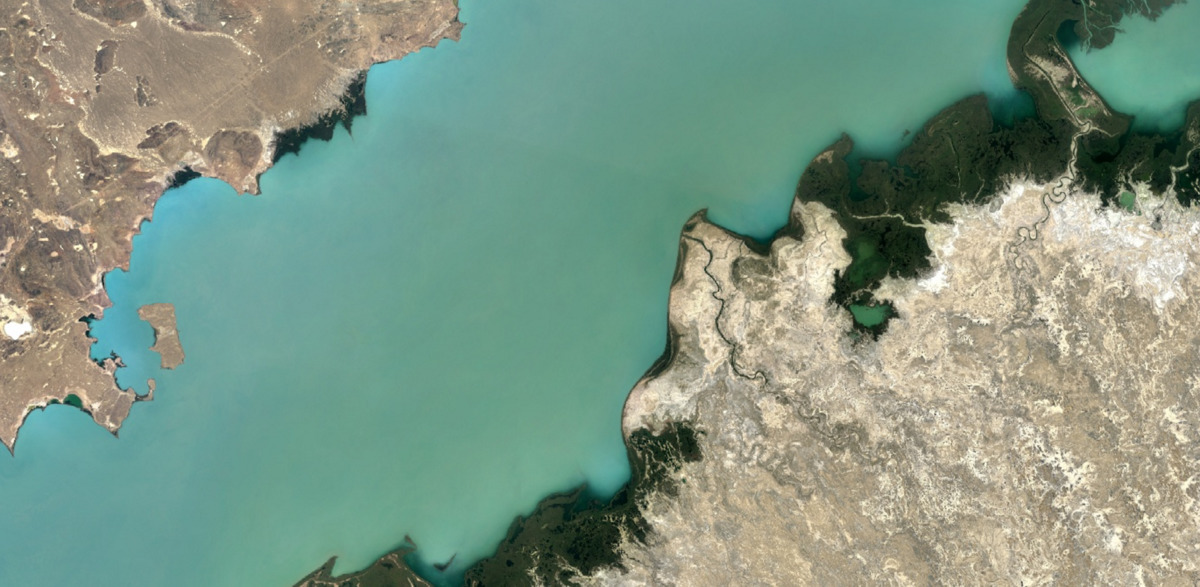
Lake Balkhash, Kazakhstan
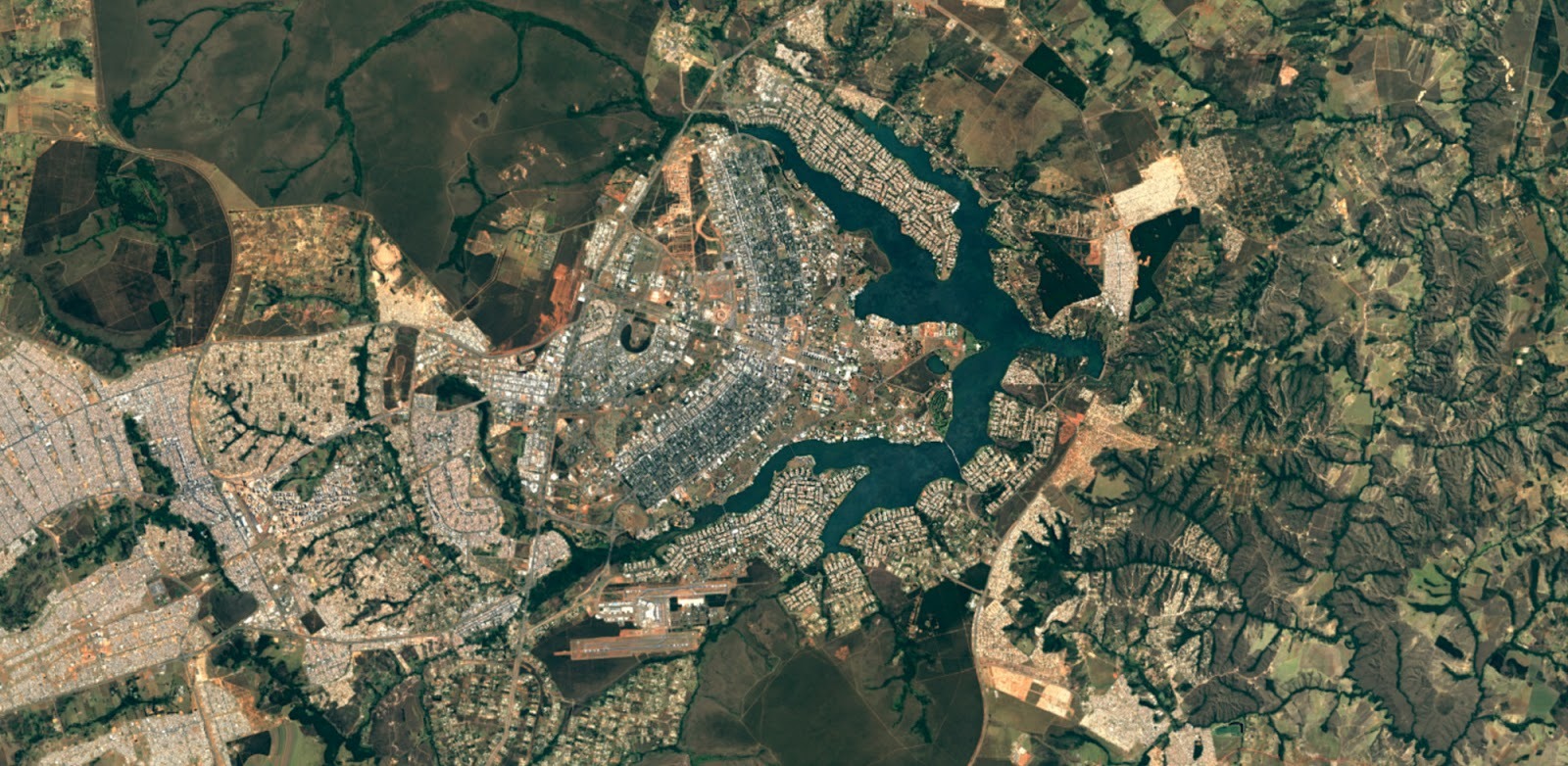
The city of Brasilia, Brazil
From today, new satellite photos are open in all Google mapping products, including the satellite layer of Google Maps.
Digital cartography and GPS navigation 15-06-2016


